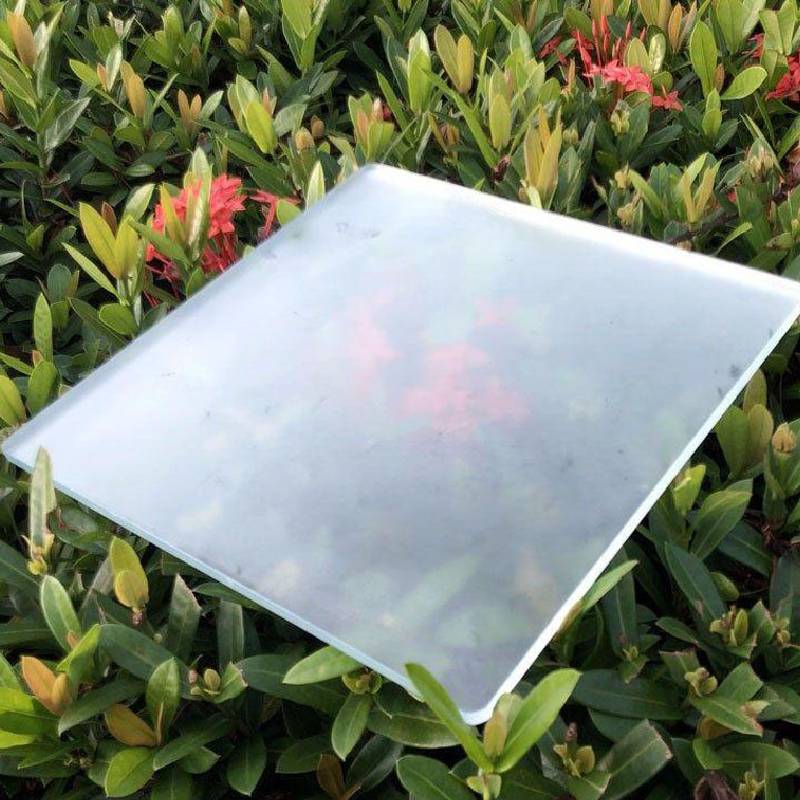Types of House Window Tint
Window tinting has become increasingly popular among homeowners, not only for its aesthetic appeal but also for its functional benefits. By applying a film to windows, homeowners can enhance energy efficiency, reduce glare, and provide added privacy and security. Understanding the various types of house window tint can help you make an informed decision that best suits your needs.
1. Dyed Window Film
Dyed window film is one of the most common types of window tint used in residential settings. This film features a layer of dye sandwiched between a protective coating and an adhesive layer. The primary advantage of dyed window film is its ability to reduce glare and heat without significantly altering the natural color of light entering your home. While it provides a moderate level of privacy, it doesn't block UV rays as effectively as other options. Dyed films are available in various shades, allowing homeowners to choose the level of darkness that best matches their preferences.
2. Metalized Window Film
Metalized window films contain a layer of metal particles that reflect sunlight away from the window. This not only helps to keep your home cooler but also reduces the amount of UV radiation that penetrates indoors. In addition to energy efficiency, metalized films provide added strength to the glass, making it harder for potential intruders to break in. However, the reflective nature of these films can interfere with electronic signals, which could be a consideration for homes with satellite dishes or wireless Internet.
3. Ceramic Window Film
types of house window tint
Ceramic window film is a cutting-edge option that recognizes the need for both visibility and performance. Comprising non-metalized, ceramic particles, this type of film is highly effective in blocking UV rays while allowing visible light to pass through. Ceramic films are known for their durability and resistance to fading, ensuring that they retain their efficacy over time. They don’t interfere with electronic signals and offer a high level of visibility while providing multiple benefits regarding energy efficiency and protection from heat and glare.
4. Security Window Film
For homeowners concerned about safety and security, security window films provide added protection against breakage and intrusion. These heavy-duty films are designed to hold the glass together in the event of a break, making it significantly harder for would-be intruders to gain access. In addition to deterrence, security films can protect occupants from accidents, such as shattered glass during extreme weather. While they may not offer substantial aesthetic value, their protective features make them a worthy investment for enhancing home safety.
5. Low-E Window Film
Low-emissivity (Low-E) window films are designed to enhance energy efficiency. These films are coated with a microscopically thin layer of metal that reflects heat back into the room during winter while repelling heat from the sun during summer. This dual-action helps maintain a more consistent indoor temperature, resulting in lower energy bills. Low-E window films allow visible light to enter while ensuring that your home remains comfortable year-round.
Conclusion
Choosing the right type of window tint for your home involves a careful consideration of your priorities. Whether you prioritize aesthetics, energy efficiency, or security, there is a window tint type to suit your needs. Dyed, metalized, ceramic, security, and Low-E films each offer unique advantages, making it essential to assess your specific requirements before making a selection. By investing in quality window tinting, you not only enhance the comfort and security of your home but also extend the lifespan of your furniture and décor by blocking harmful UV rays.
 Afrikaans
Afrikaans  Albanian
Albanian  Amharic
Amharic  Arabic
Arabic  Armenian
Armenian  Azerbaijani
Azerbaijani  Basque
Basque  Belarusian
Belarusian  Bengali
Bengali  Bosnian
Bosnian  Bulgarian
Bulgarian  Catalan
Catalan  Cebuano
Cebuano  Corsican
Corsican  Croatian
Croatian  Czech
Czech  Danish
Danish  Dutch
Dutch  English
English  Esperanto
Esperanto  Estonian
Estonian  Finnish
Finnish  French
French  Frisian
Frisian  Galician
Galician  Georgian
Georgian  German
German  Greek
Greek  Gujarati
Gujarati  Haitian Creole
Haitian Creole  hausa
hausa  hawaiian
hawaiian  Hebrew
Hebrew  Hindi
Hindi  Miao
Miao  Hungarian
Hungarian  Icelandic
Icelandic  igbo
igbo  Indonesian
Indonesian  irish
irish  Italian
Italian  Japanese
Japanese  Javanese
Javanese  Kannada
Kannada  kazakh
kazakh  Khmer
Khmer  Rwandese
Rwandese  Korean
Korean  Kurdish
Kurdish  Kyrgyz
Kyrgyz  Lao
Lao  Latin
Latin  Latvian
Latvian  Lithuanian
Lithuanian  Luxembourgish
Luxembourgish  Macedonian
Macedonian  Malgashi
Malgashi  Malay
Malay  Malayalam
Malayalam  Maltese
Maltese  Maori
Maori  Marathi
Marathi  Mongolian
Mongolian  Myanmar
Myanmar  Nepali
Nepali  Norwegian
Norwegian  Norwegian
Norwegian  Occitan
Occitan  Pashto
Pashto  Persian
Persian  Polish
Polish  Portuguese
Portuguese  Punjabi
Punjabi  Romanian
Romanian  Russian
Russian  Samoan
Samoan  Scottish Gaelic
Scottish Gaelic  Serbian
Serbian  Sesotho
Sesotho  Shona
Shona  Sindhi
Sindhi  Sinhala
Sinhala  Slovak
Slovak  Slovenian
Slovenian  Somali
Somali  Spanish
Spanish  Sundanese
Sundanese  Swahili
Swahili  Swedish
Swedish  Tagalog
Tagalog  Tajik
Tajik  Tamil
Tamil  Tatar
Tatar  Telugu
Telugu  Thai
Thai  Turkish
Turkish  Turkmen
Turkmen  Ukrainian
Ukrainian  Urdu
Urdu  Uighur
Uighur  Uzbek
Uzbek  Vietnamese
Vietnamese  Welsh
Welsh  Bantu
Bantu  Yiddish
Yiddish  Yoruba
Yoruba  Zulu
Zulu 

